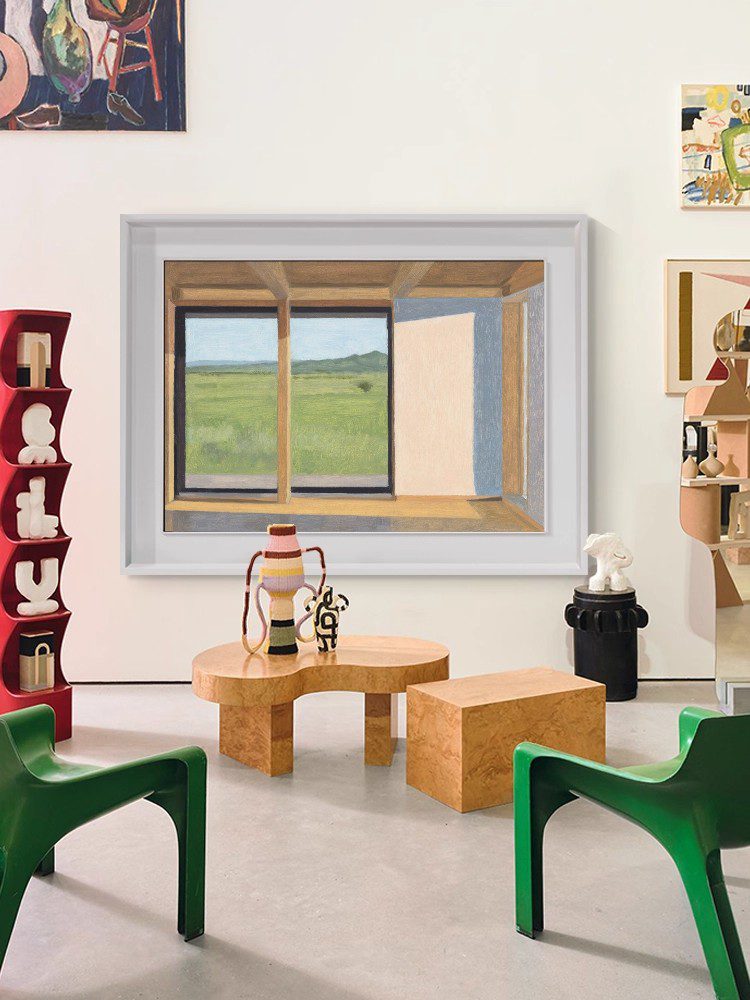Elevate Your Showroom’s Appeal with Hand-Painted Oil Art: Expert Placement and Styling Tips
Creating an immersive experience in showroom spaces hinges on balancing aesthetics, functionality, and emotional resonance. Hand-painted oil art serves as a versatile tool to achieve this, adding depth, texture, and personality to every corner. Below, explore actionable strategies for integrating these artworks into showroom designs to captivate visitors and highlight architectural features.
1. Setting the Tone in Entryways: First Impressions Matter
The entryway acts as a narrative opener, guiding visitors into the showroom’s theme. Use a large, eye-catching oil painting to anchor the space and establish a cohesive color scheme. For modern showrooms, abstract compositions with bold geometric shapes or metallic accents create instant intrigue. Traditional spaces benefit from landscapes or portraits that evoke timeless elegance. Position the artwork at eye level, ensuring it’s visible from the doorway, and pair it with subtle lighting—like wall sconces or recessed spots—to emphasize its details without overwhelming the viewer.
2. Living Area Simulations: Art as a Conversation Starter
Showrooms often mimic residential layouts to help clients envision daily life. In these zones, oil paintings should reflect the room’s purpose while adding warmth. For a cozy living room setup, choose a still life or impressionist piece with soft, muted tones to complement plush seating and textured rugs. If the space aims to showcase minimalist design, opt for a monochromatic abstract painting that aligns with the furniture’s clean lines. Hang the artwork at a height that feels natural within the seating arrangement, encouraging guests to pause and engage with the scene.
3. Dining Zone Enhancements: Stimulating Appetites and Imagination
Dining areas in showrooms should evoke a sense of occasion and comfort. A hand-painted oil artwork here can set the mood—whether it’s a vibrant market scene for a casual eatery or a serene still life for a formal setting. To create harmony, echo the painting’s dominant color in table linens or decorative accents. For example, a piece featuring deep greens and golds pairs well with emerald-hued napkins or brass cutlery. Ensure the artwork is proportionate to the table size; a small bistro setup might suit a petite floral study, while a long dining table calls for a horizontal landscape or triptych.
4. Bedroom Sanctuaries: Crafting Calm Through Subtle Artistry
Bedroom displays in showrooms must prioritize tranquility and relaxation. Oil paintings in these spaces should avoid overly busy compositions, instead favoring soft landscapes, gentle abstracts, or dreamy portraits. Position the artwork above the headboard or on an adjacent wall to avoid visual clutter, and ensure it complements the bedding’s color palette. For a cohesive look, select pieces with undertones that match the room’s lighting—warm hues like amber or blush work well with golden-hour lighting, while cool blues and grays suit crisp, white interiors.
5. Flexible Spaces: Adapting Art to Multi-Functional Areas
Many showrooms feature versatile zones that transition between work, leisure, or entertainment. Oil paintings here should be dynamic enough to suit shifting contexts. A modular approach works well: use lightweight, framed artworks that can be easily rearranged or swapped based on the space’s current function. For a home office setup, a cityscape or architectural study adds sophistication, while the same area transformed into a lounge might benefit from a vibrant, textured abstract. Incorporate movable partitions or floating shelves to display these pieces, allowing for quick reconfiguration without damaging walls.
By strategically placing hand-painted oil art, showrooms can transcend their role as mere display venues and become inspiring environments that resonate with clients. Each artwork, carefully chosen and positioned, contributes to a narrative that guides visitors through the space, fostering emotional connections and leaving a lasting impression.
